In order for the process of controlling the amount of heat in the cooling tank to proceed smoothly and detect leaks accurately, it is impossible to ignore the test of the tank pressure.
However, very few people know how to check the tank pressure properly and in the right way. Therefore, the article below Thanh Phong Auto I will show you how to check the tank pressure properly with a dedicated kit. Along track posts offline!
In order to check the pressure of the tank, a kit includes:
Before performing this test, you should park your car on a dry, flat surface, paying attention to letting the engine cool down. Doing so makes it easier to check for and detect leaks.
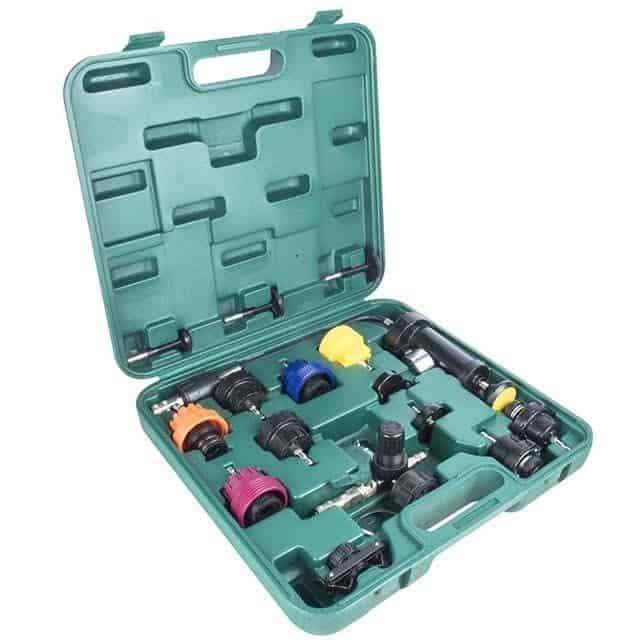
If you feel that the cooling water is running low, simply open the auxiliary water cover and add coolant. Note, you should not spill water, as this will make it difficult for you to detect leaks.
In addition, for your own safety, make sure you wear gloves and eye protection during the test.
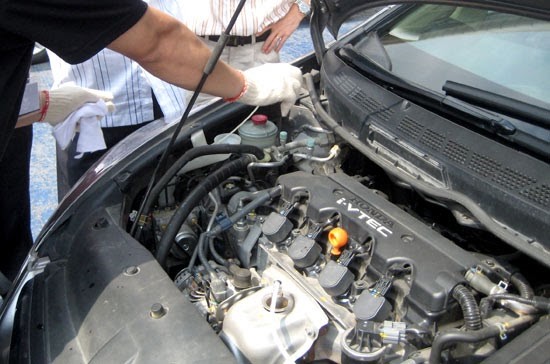
This is the first step and also the easiest step. First of all you want to check if the system still has pressure or not, you need to use your hand to squeeze the water pipe, this should be done before you open the lid of the radiator. Can open the radiator cap slowly if you feel there is no resistance.
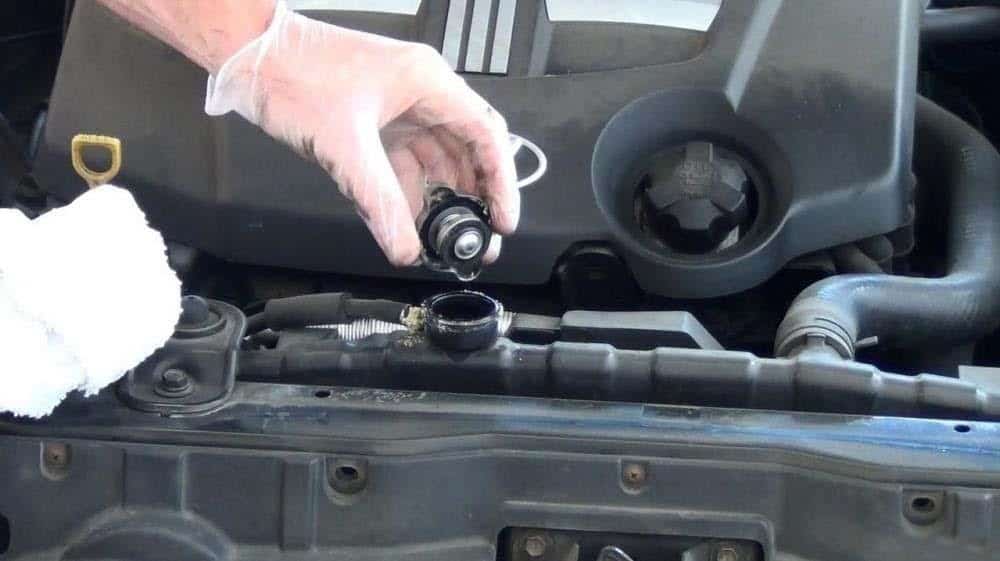
Disassemble the radiator in the order that ensures easy, convenient and avoid damaging to other parts.
- First, you need to open the lid of the kit and check each tool one by one to see if it is in good condition and still usable such as: the watch must still see clearly and especially the tube. cracked or leaked.
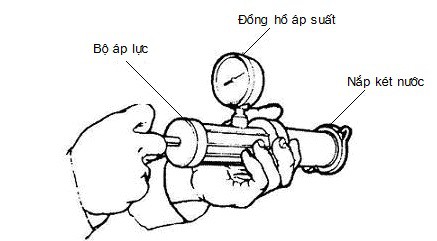
- For the tank cover, you must pay attention to choose the appropriate type for the vehicle that you are using, then take it out and install it in the current position of the radiator cap.
- Next you must connect this cap to the pump. The coupling required for this connection is very important.
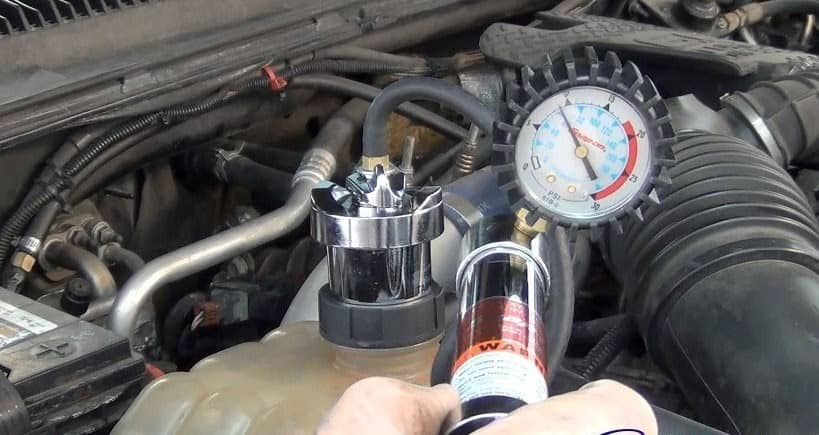
Imagine this as pumping a bicycle. Once the lid of the radiator tank and pump hose are connected, use your hand to pump air into the system to create pressure. At this point, the clock hand and the pressure are now proportional to each other, the clock hand will begin to follow the increasing pressure.
Pump until the pressure reaches 6.3kg and then stop. Once stopped, observe that if the pressure begins to drop, the water cooling system may have leaked at some point. At this time, you should try to check the locations such as: lid, body, under the tank and pipes for water leakage.
* note: to avoid possible system damage, you should not pump pressure higher than 18kg.
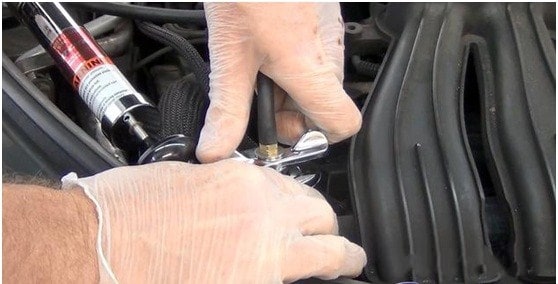
After you have completed the steps to check the tank pressure, the final step is to remove the pressure test kit. After finishing removing the utensils, please clean to clean them and store carefully, in the correct position in the box. Finally, clean and install the radiator in its original position.
The article above Thanh Phong Auto has introduced 5 simple steps for you to check the pressure of your tank. Good luck!
See More Articles Sharing translation experiences Or Thanh Phong:
Sharing Experience When Repairing - Restoring Lubricant Cars
Cars Care Service Price Sheet At Thanh Phong Auto HCMC VietNam:
* The cars that we have mechanics: Mercedes, BMW, Audi, Lexus, Toyota, Honda, Mazda, Mitsubishi, Kia, Daewoo, Hyundai,Ford, Nissan, Volkswagen, Porsche, Chevrolet, Rand Rover, Innova, Fortuner, Vios, Fiat, Bugatti, Ferrari, Bentley, Hummer , Chrysler, Dodge, Renault, Cadillac, Volvo, Subaru, Daihatsu, Ssangyong, Roll-Royce, Peugeot, Smart Fortwo, Tobe M'car, Luxgen, Zotye, Haima, Geely, Baic, Hongqi, Cmc, Mini Cooper, Buick, Opel, Acura, Aston Martin, Vinfast, TQ Wuling.
To keep your vehicle running properly at all times, we offer a number of services that are carried out by our certified, expert auto service and repair technicians who have years of experience performing everything from oil changes to a complete engine overhaul.
LEAVE COMMENT